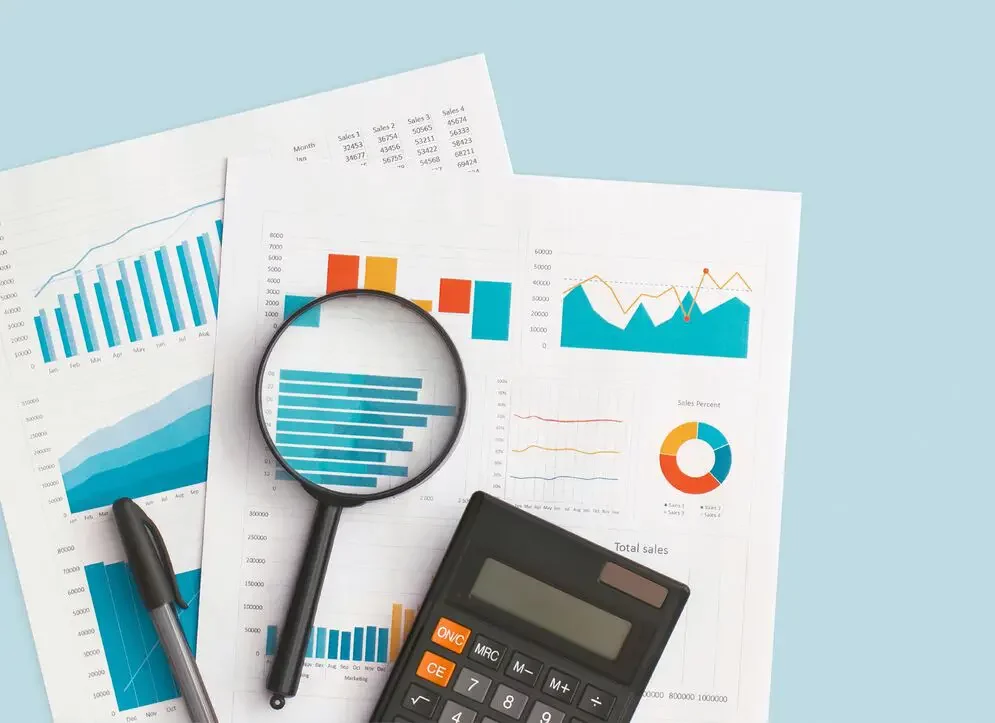The proof used to be in the print when it came to public relations efforts. Did you land the story? Have you secured the byline? Did you make it onto the front page? Today, things are a little different. In this fast-paced and ever-evolving digital landscape, public relations professionals are constantly being challenged to quantify and demonstrate the value and impact of their efforts beyond the anecdotal.
Agencies like ours are faced with this challenge daily, and we understand that reporting and accountability are crucial in establishing trust and showcasing the success of our PR campaigns and activities. With the emergence of digital platforms and abundant data at our fingertips, we now have powerful tools to optimize our reporting processes, showcase our value, and hold ourselves accountable to our clients.
The Significance of Reporting and Accountability in PR
The simple truth is that reporting promotes transparency. By openly sharing results and being accountable for actions, PR practitioners can foster positive long-term relationships based on trust. PR success, however, can often be difficult to quantify due to the subjective nature of some campaign goals, such as sentiment or other elusive data.
For instance, how can you demonstrate that a PR campaign was a worthwhile investment if its goal is to improve attitudes toward the brand? How is that measurable?
Unlike other marketing strategies that center on specific metrics, such as website traffic, PR campaigns often aim to influence public perception and generate positive coverage. Investing in PR without concrete data-driven results makes it tricky to understand its impact and success, which is why reporting and accountability are crucial to building and maintaining client trust.
To overcome these challenges and build trust, agencies like us must innovate when it comes to measurement methodologies to evaluate our campaigns. In measuring these metrics and tracking media coverage, PR professionals can evaluate the reach, impact, and sentiment of their efforts, enabling them to demonstrate the value of PR. By embracing innovative measurement techniques and considering a broader range of metrics, it allows the client to make data-driven decisions, identify areas of improvement, refine strategies, and ensure that resources are allocated effectively – establishing greater trust.
Muck Rack: Building and Managing Meaningful Media Connections
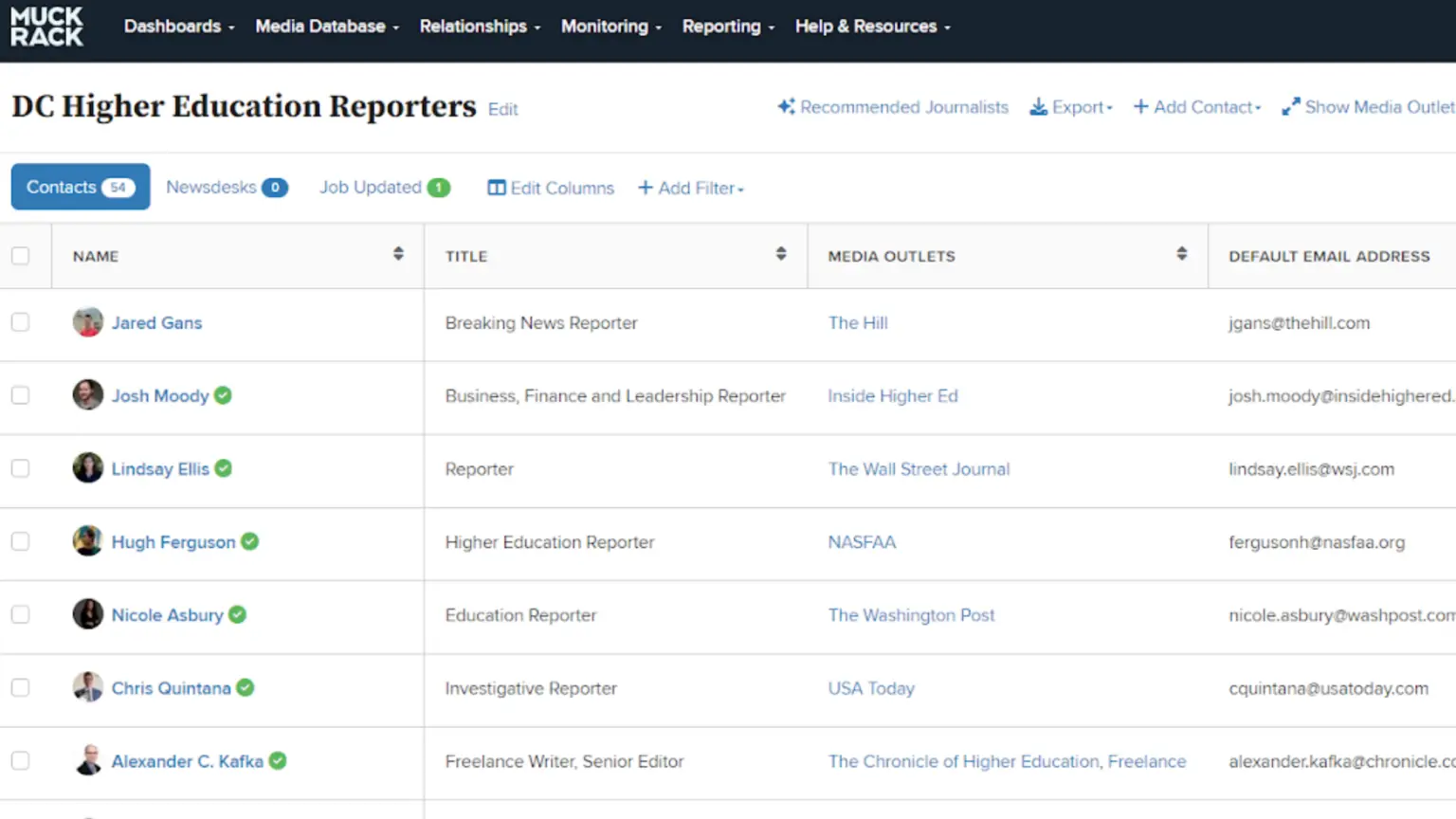
Image: Muck Rack Media List
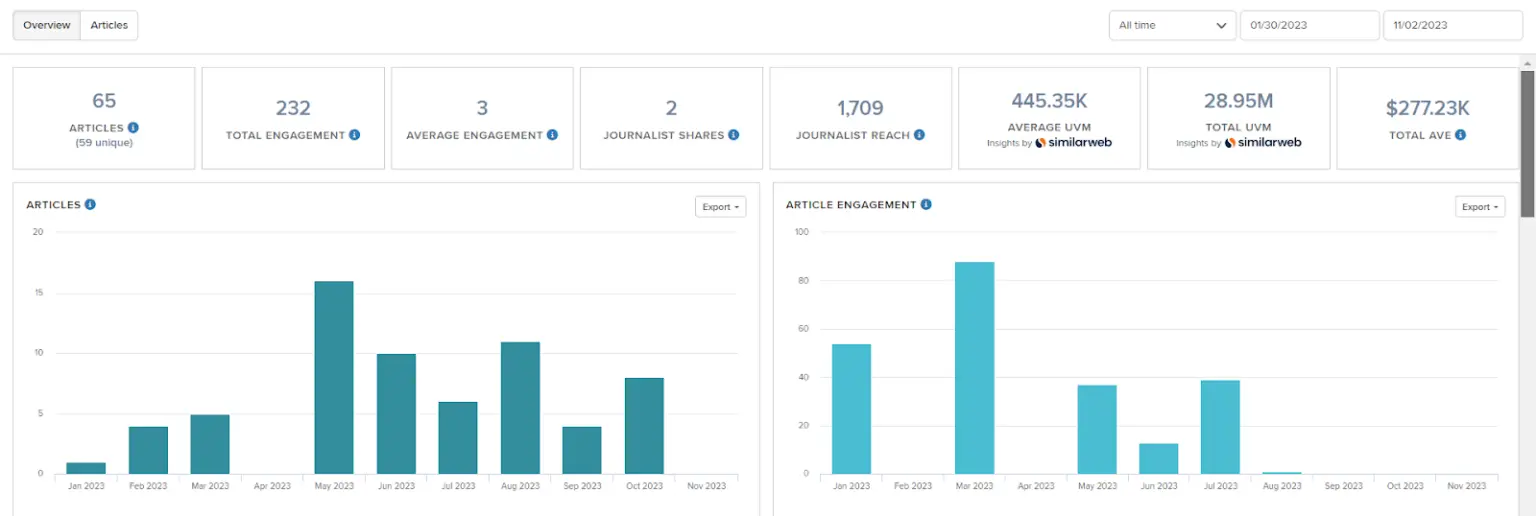
Image: Muck Rack Coverage Report Metric Section
Maintaining relationships with the media and other influential figures can be instrumental in maintaining a brand’s reputation, getting its coverage in front of the right stakeholders, and managing crisis risk. Media relations tools like Muck Rack can give professionals the tools they need to manage these relationships in an efficient and effective way. At the Belfort Group, we use Muck Rack, which is a powerful, centralized media monitoring and engagement platform that allows us to manage our workflow, research, monitoring, pitching, relationship management, and measurement all in one tool.
With Muck Rack, our team can monitor relevant media coverage, find contact information for the ideal reporter, track brand mentions, send dozens of personalized pitches, list opened emails, measure the impact of campaigns, evaluate competitor coverage, and more. The platform also provides real-time alerts, allowing the Belfort Group team to stay on top of breaking news and trending topics.
Since Muck Rack is an all-in-one tool, it facilitates reporting and accountability by illuminating all aspects of a PR campaign journey, from the first journalist email added to a media list to the final presentation of coverage data. In the presentation it congregates the results of a campaign into visual tables and graphics that summarize key metrics, displaying ad-equivalency value (AVE), unique monthly readers, and more.
CoverageBook: Visualizing Coverage Reports for PR Campaigns
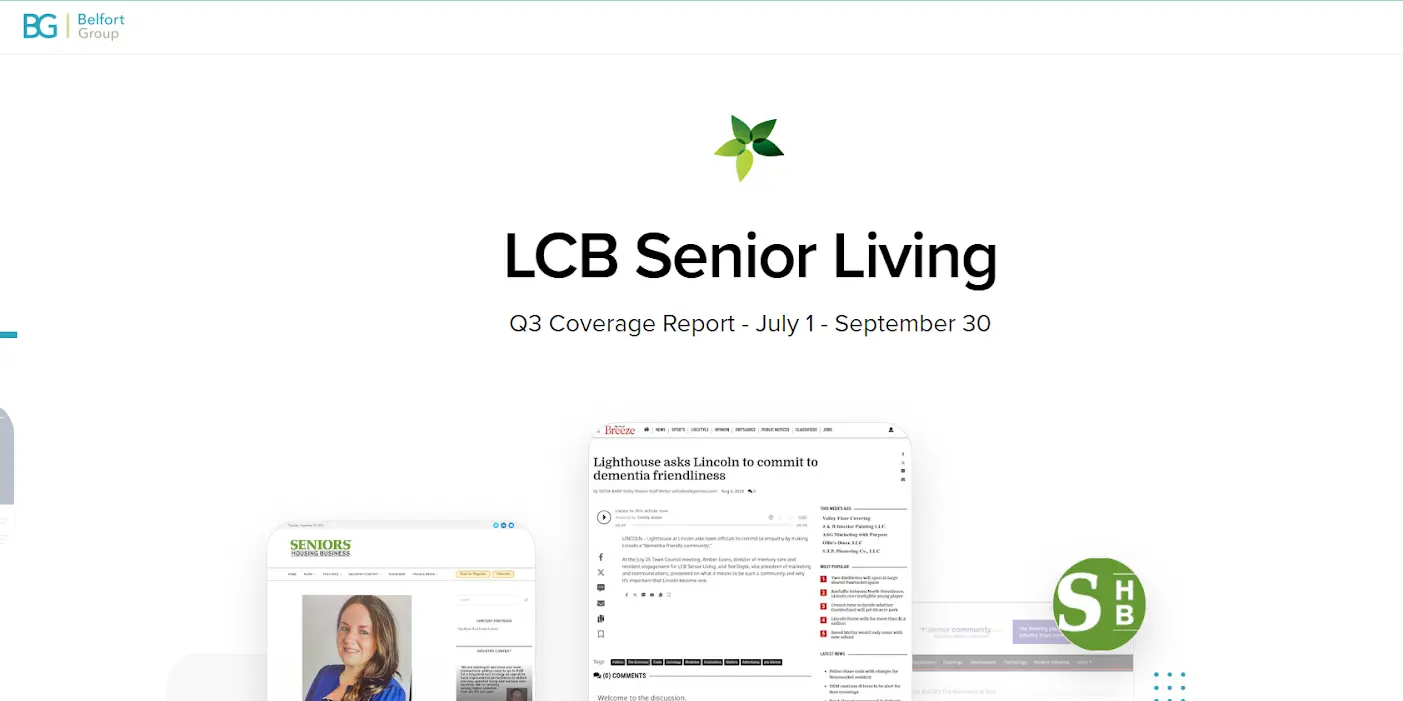
Image: Coverage Book Front Cover
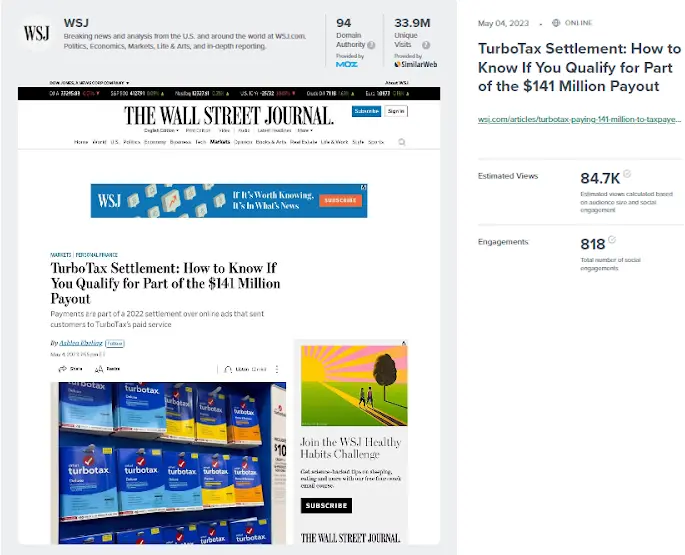
Image: Coverage Book Clip section
But, sometimes, a dashboard isn’t good enough. We may have the data from campaigns, but how can we report it to clients in an enticing manner that is readily understood? How we help our clients show investors success through data, outlets, and article mentions, in a way that is more visual? Creating custom PR reports can be a time-consuming task.
This is where CoverageBook comes into play. CoverageBook is a reporting tool that automates compiling media coverage into professional, client-ready reports. By pulling data from various sources, including media relations tools like Muck Rack, CoverageBook eliminates the need for manual data entry and ensures accurate and presentation-ready reports. It allows us to customize reports by including metrics such as reach, AVE, and sentiment analysis, and ultimately provide a clearer snapshot of campaign performance for our clients. This not only helps us communicate our value but also gives our clients the ready-made assets that they need to share with their presidents, boards, and other important stakeholders.
Reporting and accountability are vital components of any successful PR engagement. At the Belfort Group, we leverage the best technology to plan and execute campaigns and to provide comprehensive reporting that keeps us accountable to our clients and provides the insights for continued growth and optimization.
